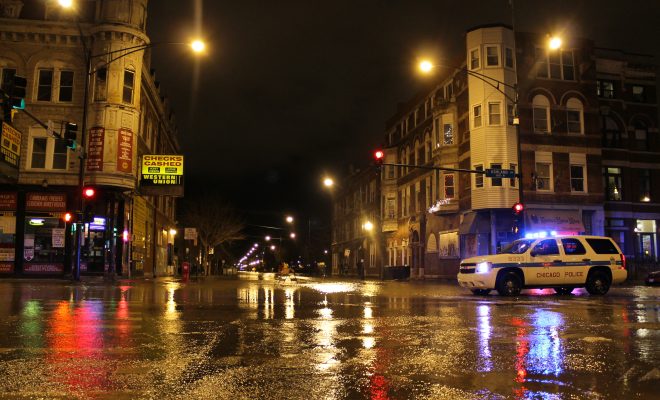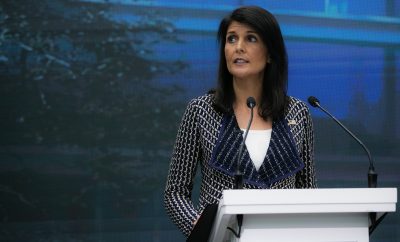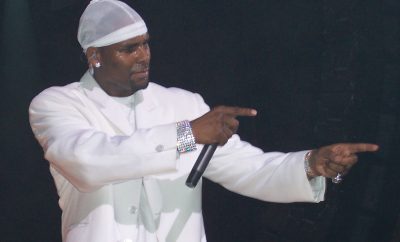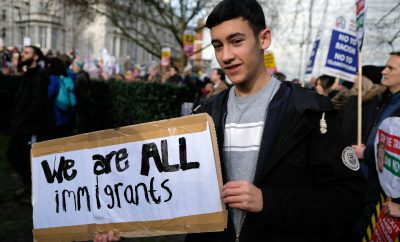 Image courtesy of [Connie Ma via Flickr]
Image courtesy of [Connie Ma via Flickr]
Crime
Chicago’s Incomplete Plan to Combat Violence
During the first presidential debate, Donald Trump made a point of citing violence in Chicago but failed to recognize Mayor Rahm Emanuel’s new plan for fighting violent crime in the city. The plan is broken into three categories: enforcement, investment, and prevention. But will it actually be effective?
The enforcement step of the plan has received the most attention as it involves hiring almost 1,000 new beat cops, detectives, and supervisors (and outfitting them with new squad cars and equipment). Emanuel has pledged not to raise taxes to pay for the expansion of the police force but it is unclear how he plans to fund these new hires. Hiring will begin as soon as January, so the approximately $135 million necessary to fund this wave of new police hires will have to show up quickly if Emanuel wants to make good on his promise.
Although adding officers to the force is an admirable step for a city where the police force has been stretched thin, there are doubts regarding whether Emanuel’s new hires will be enough to seriously impact Chicago. It is not so much the number of officers who are available as it is their training and interaction with the community that will shape attempts to curb violent crime throughout the metropolitan area. Besides concerns that the plan will be ineffective, critics have also stepped forward to argue that this plan gives Mayor Emanuel too much power, as it interferes with the independence of the police force. These objections are largely linked to the establishment of the Civilian Office of Police Accountability, which would have the power to investigate alleged police misconduct to a much greater extent than in the past. The mayor will appoint most of the employees of this investigative agency, which has led community members to question its impartiality and ability to break away from the failures of the Independent Police Review Authority, the agency that it will be replacing.
The mayor unveiled his plan during a speech which was notable not for its rhetoric about improving policing but for what it lacked–there were virtually no references to improving the racial divide between the police force and minority communities. The mayor did not address the issues with predictive policing or this summer’s protests against police brutality in Chicago. The majority of both homicide perpetrators and victims in Chicago are black, and gang membership in the city is primarily concentrated among black and Latino populations. Although one should never jump to the same simplistic conclusion that Trump used in the first debate, implying that all minority citizens of Chicago live in violent squalor, it is undeniable that the black community has seen the largest share of violence in the city. Mayor Emanuel touted mentorship programs and family interventions as solutions to violence in Chicago neighborhoods but he did not go any further to discuss how community leaders can dissuade young people from joining gangs, buying guns, or being injured during violent confrontations with police officers. Community policing is a two-way street: police officers have to be trained but there needs to be community outreach as well. If neither side is being provided with directions and tools on how to improve their relations, will anything really change in Chicago?








Comments